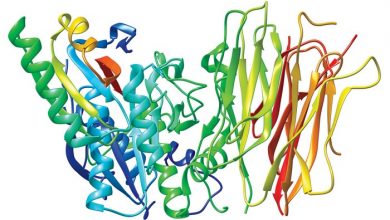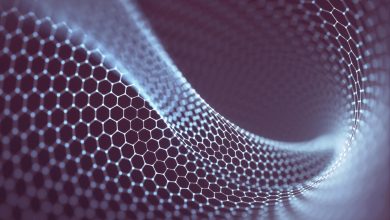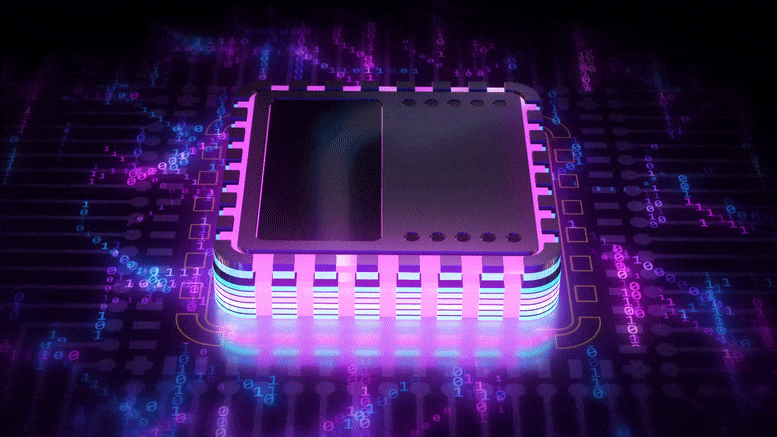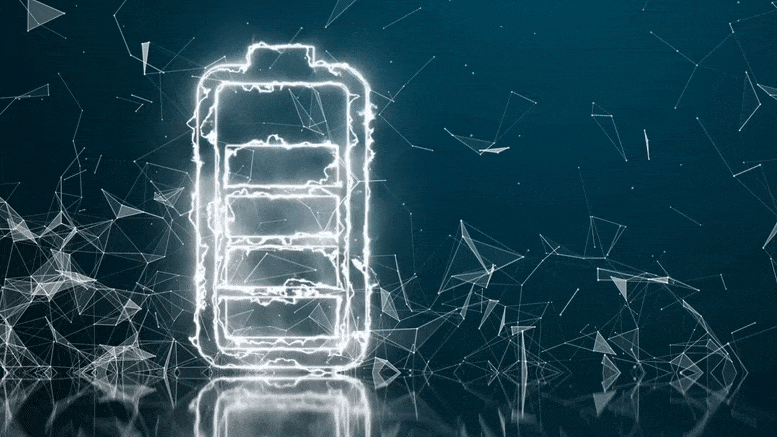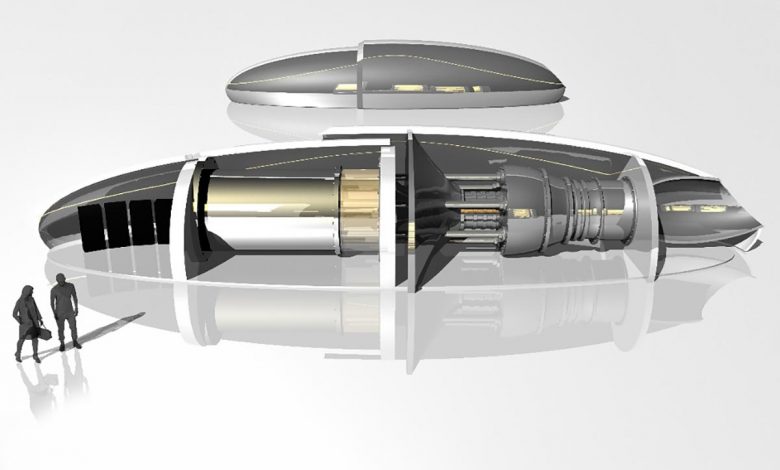
Energy storage technologies—and batteries in particular—are often seen as the “holy grail” to fully decarbonizing our future electricity grid, along with renewables and nuclear energy—which provides more than 56 percent of America’s carbon-free electricity.
“I like to say that the future energy system is going to be a lot of nuclear and a lot of renewables,” said Idaho National Laboratory Director Mark Peters. “When I talk about a lot of nuclear and a lot of renewables, that would [mean] a lot of batteries—a lot of storage on the grid.”
But what is energy storage?
On the grid, electricity flows from power producers to consumers, moment-to-moment as it’s needed. Operators monitor the system so that electricity supply exactly equals demand. Well, what if you generated electricity now, but kept it ready for use when you need it? That’s energy storage in a nutshell.
There are many ways to store energy on the grid, each with their own advantages, including:
- Lithium-ion batteries. These are the most recognizable form of energy storage. A lithium battery functions the same as the battery for your smartphone, except on a scale large enough to power neighborhoods instead of just your Twitter habit: electricity is stored as chemical energy and discharged back onto the system when it is needed. While they’re still expensive and too small-scale to store bulk amounts of power, these batteries have a quick response time and can offer other necessary services to the grid in addition to storing energy.
- Pumped hydroelectric storage. This is actually the most common form of energy storage currently used on the grid, as it makes up 94 percent of all U.S. energy storage. Instead of holding electrical charge, these types of hydroelectric plants pump water uphill to a reservoir, and when energy is needed, release the water down the hill to turn turbines and generate electricity. It’s an effective and mature technology—meaning that everyone knows how it’s going to behave in a variety of circumstances, which is an asset to grid operators.
- Thermal storage. This option involves using electricity for heating or cooling. The process doesn’t store the electricity itself, but basically offsets its use. Thermal energy is stored usually in water—or as ice—and can be affordably insulated and used for air conditioning or heating needs when necessary. Google is looking into a system that would store electricity as heat in molten salt and be able to convert it back into electricity later.
- Hydrogen storage. Hydrogen offers a unique opportunity to decarbonize additional sectors of the economy. Once produced, by using electricity to split water molecules, it can be burned to generate electricity again or it can be fed into fuel cells, in buildings or on board vehicles. The fuel cells produce nothing but electricity and pure water. In cars or buses it would reduce carbon emissions by substituting for gasoline or diesel.
Energy storage benefits renewable energy sources, since it will be able to take the excess electricity from wind and solar during times of peak production and low demand—during the day for solar and in the evening for wind—and push it back onto the grid when the sun isn’t shining and wind isn’t blowing.
Once storage technologies are large enough scale, cost-effective and efficient, it will benefit variable renewables and baseload nuclear. Keeping supply and demand in balance is good for the grid.
Nuclear energy is essential to a clean energy future and can work to protect the climate alongside energy storage. When it comes to nuclear energy’s role, more climate advocates are realizing that any climate solution requires nuclear energy.
Jacopo Buongiorno and others say factory-built microreactors trucked to usage sites could be a safe, efficient option for decarbonizing electricity systems.
We may be on the brink of a new paradigm for nuclear power, a group of nuclear specialists suggested recently in The Bridge, the journal of the National Academy of Engineering. Much as large, expensive, and centralized computers gave way to the widely distributed PCs of today, a new generation of relatively tiny and inexpensive factory-built reactors, designed for autonomous plug-and-play operation similar to plugging in an oversized battery, is on the horizon, they say.
These proposed systems could provide heat for industrial processes or electricity for a military base or a neighborhood, run unattended for five to 10 years, and then be trucked back to the factory for refurbishment. The authors — Jacopo Buongiorno, MIT’s TEPCO Professor of Nuclear Science and Engineering; Robert Frida, a founder of GenH; Steven Aumeier of the Idaho National Laboratory; and Kevin Chilton, retired commander of the U.S. Strategic Command — have dubbed these small power plants “nuclear batteries.” Because of their simplicity of operation, they could play a significant role in decarbonizing the world’s electricity systems to avert catastrophic climate change, the researchers say. MIT News asked Buongiorno to describe his group’s proposal.
Q: The idea of smaller, modular nuclear reactors has been discussed for several years. What makes this proposal for nuclear batteries different?
A: The units we describe take that concept of factory fabrication and modularity to an extreme. Earlier proposals have looked at reactors in the range of 100 to 300 megawatts of electric output, which are a factor of 10 smaller than the traditional big beasts, the big nuclear reactors at the gigawatt scale. These could be assembled from factory-built components, but they still require some assembly at the site and a lot of site preparation work. So, it’s an improvement over the traditional plants, but it’s not a huge improvement.
This nuclear battery concept is really a different thing because of the physical scale of these machines — about 10 megawatts. It’s so small that the whole power plant is actually built in a factory and fits within a standard container. The idea is to fit the whole power plant, which comprises a microreactor and a turbine that converts the heat to electricity, into the container.
This provides several benefits from an economic point of view. You are completely decoupling your projects and your technology from the construction site, which has been the source of every possible schedule delay and cost overrun for nuclear projects over the past 20 years.
This way it becomes sort of energy on demand. If the customer wants either heat or electricity, they can get it within a couple of months, or even weeks, and then it’s plug and play. This machine arrives on the site, and just a few days later, you start getting your energy. So, it’s a product, it’s not a project. That’s how I like to characterize it.
Q: You talk about potentially having such units widely distributed, including even in residential areas to power whole neighborhoods. How confident can people be as to the safety of these plants?
A: It’s exceptionally robust — that’s one of the selling points. First of all, the fact that it’s small is good for a variety of reasons. For one thing, the overall amount of heat that’s generated is proportional to the power, which is small. But more importantly, it has a high surface-to-volume ratio because, again, it’s small, which makes it a lot easier to keep cool under all circumstances. It’s passively cooled, to a point where nobody has to do anything. You don’t even need to open a valve or anything. The system takes care of itself.
It also has a very robust containment structure surrounding it to protect against any release of radiation. Instead of the traditional big concrete dome, there are steel shells that basically encapsulate the whole system. And as for security, at most sites, we envision that these would be located below grade. That provides some protection and physical security from external attackers.
As for other safety issues, you know, if you think about the famous nuclear accidents, Three Mile Island, Chernobyl, Fukushima, all three of these issues are mediated by the design of these nuclear batteries. Because they are so small, it’s basically impossible to get that type of outcome from any sequence of events.
Q: How do we know that these new kinds of reactors will work, and what would need to happen for such units to become widely available?
A: NASA and Los Alamos National Laboratory have done a similar demonstration project, which they called a microreactor, for space applications. It took them just three years from the start of design to fabrication and testing. And it cost them $20 million. It was orders of magnitude smaller than traditional large nuclear plants that easily cost a billion-plus and take a decade or more to build.
There are also different companies out there now developing their own designs, and every one is a bit different. Westinghouse is already working on a version of such nuclear batteries (though they are not using that term), and they plan to run a demonstration unit in two years.
The next step will be to build a pilot plant at one of the national laboratories that has extensive equipment for testing nuclear reactor systems, such as the Idaho National Laboratory. They have a number of facilities that are being modified to accommodate these microreactors, and they have extra layers of safety. Because it’s a demonstration project, you want to make sure that if something happens you didn’t foresee, that you don’t have any release to the environment.
Then, the plant could go through an accelerated program of testing, subjecting it to more extreme conditions than would ever be encountered in normal operation. You essentially abuse it and show by direct testing that it can take all those external loads or situations without exceeding any failure limits. And once it’s proven there under rigorous conditions, widespread commercial installations could begin quite quickly.
These nuclear batteries are ideally suited to create resilience in very different sectors of the economy, by providing a steady dependable source of power to back up the increasing reliance on intermittent renewable energy sources such as solar and wind. And, these highly distributed systems can also help to alleviate pressures on the grid by being sited just where their output is needed. This can provide greater resiliency against any disruptions to the grid and virtually eliminate the issue of transmission losses. If these become as widespread as we envision, they could make a significant contribution to reducing the world’s greenhouse gas emissions.
Reference: “A Strategy to Unlock the Potential of Nuclear Energy for a New and Resilient Global Energy-Industrial Paradigm” by Jacopo Buongiorno, Robert Freda, Steven Aumeier and Kevin Chilton, 14 June 2021, The Bridge.

